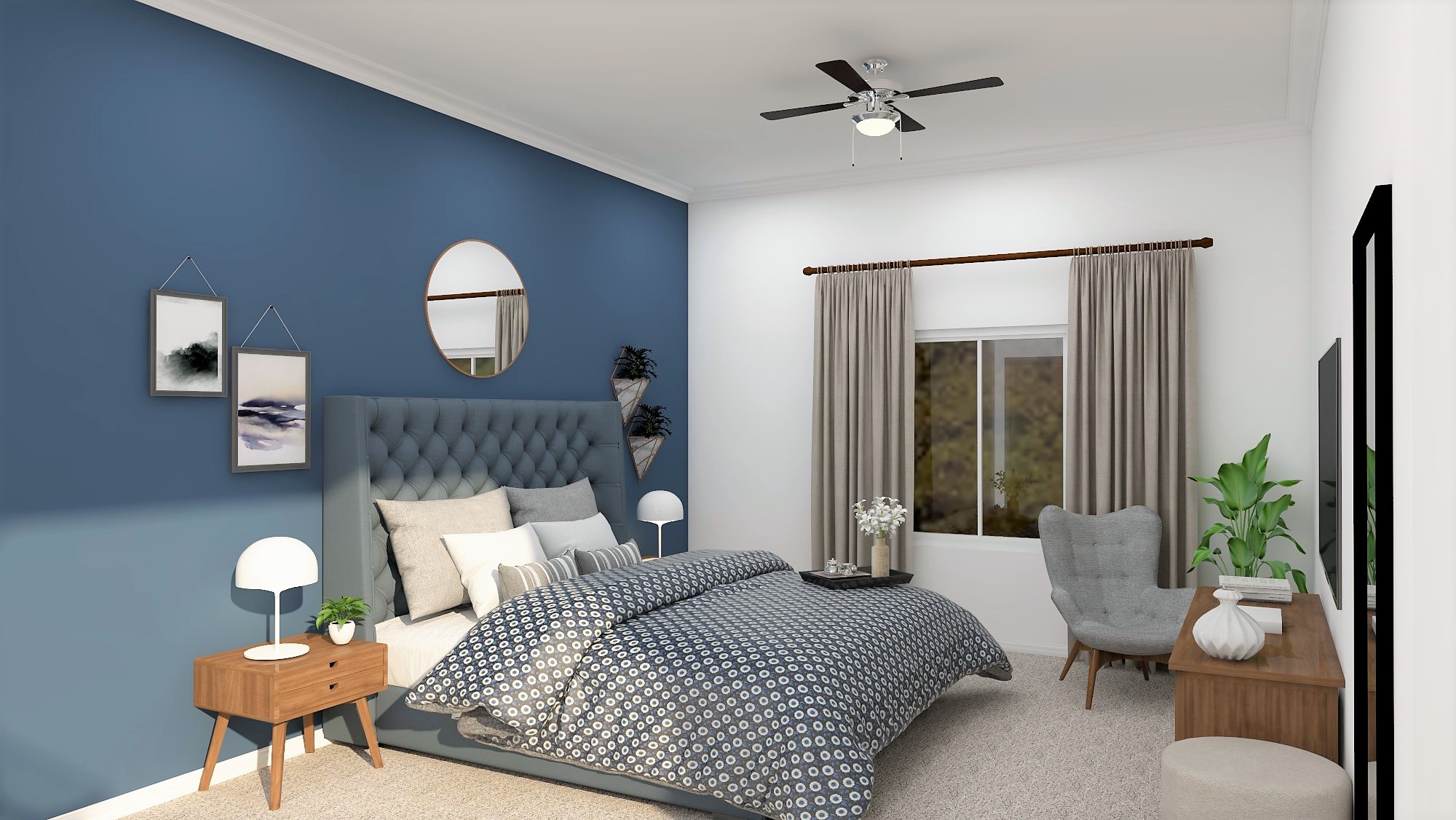Creating a Serene Atmosphere: Relaxing Master Bedroom Ideas

The master bedroom, often considered a sanctuary, deserves a calming and relaxing atmosphere. Creating a tranquil haven within your bedroom requires thoughtful design choices, particularly when it comes to color palettes, lighting, and other sensory elements.
Color Palettes for Relaxation, Relaxing master bedroom ideas
Color psychology plays a significant role in creating a relaxing atmosphere. Certain colors have inherent properties that can evoke specific emotions and influence mood. A carefully chosen color palette can transform your bedroom into a peaceful oasis.
- Neutral Colors: Neutral colors like white, cream, beige, and gray provide a sense of tranquility and spaciousness. They act as a calming backdrop, allowing other elements in the room to stand out. Neutral palettes are versatile and can be easily accented with pops of color for a personalized touch.
- Cool Colors: Cool colors, such as blue, green, and purple, are known for their calming and soothing effects. Blue evokes feelings of peace and serenity, while green is associated with nature and promotes relaxation. Purple, with its regal and mysterious qualities, can create a sense of tranquility and sophistication.
- Earthy Tones: Earthy tones like brown, terracotta, and olive green bring a sense of grounding and connection to nature. These colors are associated with warmth, comfort, and stability, creating a feeling of security and relaxation.
Lighting for Tranquility
Lighting is a crucial aspect of creating a relaxing bedroom ambiance. Natural light and strategically placed artificial light sources can significantly impact the mood and atmosphere of the space.
- Maximizing Natural Light: Large windows that allow ample natural light into the bedroom are essential. Natural light promotes feelings of well-being and can help regulate sleep cycles. Consider using sheer curtains or blinds to filter the light and create a soft, diffused glow.
- Artificial Light for Relaxation: Artificial light should be soft and warm, mimicking the natural light of the evening. Avoid harsh overhead lighting, as it can be jarring and disruptive. Instead, opt for lamps with warm white bulbs or dimmable lights that can be adjusted to suit your mood.
- Layered Lighting: Create a multi-layered lighting scheme that includes ambient, task, and accent lighting. Ambient lighting provides overall illumination, task lighting provides focused light for reading or other activities, and accent lighting highlights specific features in the room.
